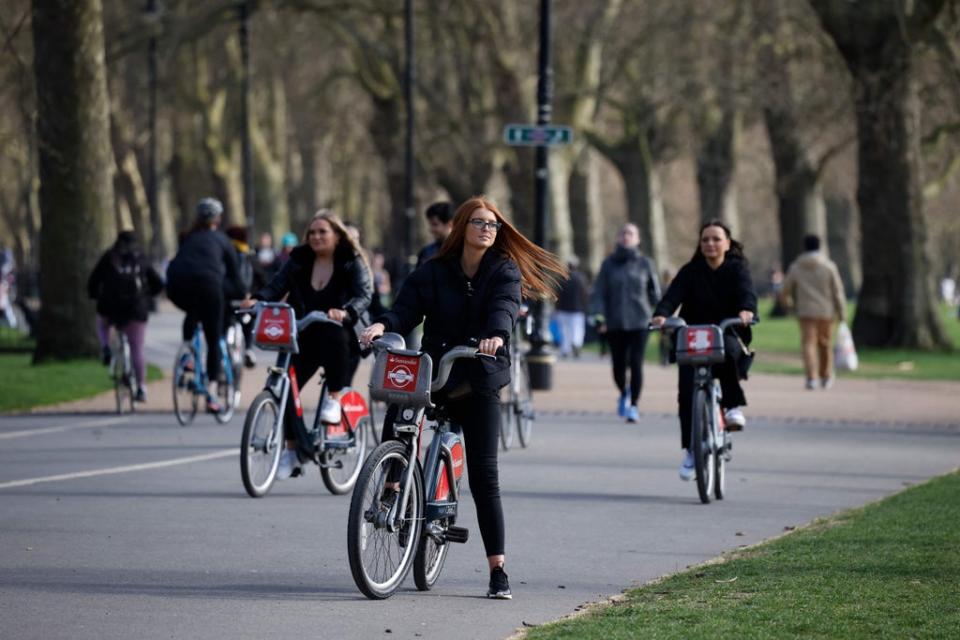London’s most polluted cycle and running routes

London’s most polluted exercise hotspots have been revealed — with Euston Road, the Strand and Lower Thames Street named the worst roads for toxic air.
The study was based on data from energy drink brand Tenzing whose clear air tracker app, launched in 2019, helps runners and cyclists to identify low pollution routes using real-time air quality data provided by Imperial College London.
They crunched the data from journeys taken by users, more than 500,000 over the past two years, with pollution data from Imperial to find the hotspots.
The company is planning to erect billboards in the worst-affected areas to drive awareness amongst commuters and residents.
The exercise hotspots highlighted in the study also included York Road in King’s Cross, Elephant & Castle roundabout, Brompton Road, Gracechurch Street, Park Lane, Eastcheap and South Lambeth Road.
Andrew Grieve, air quality analyst at Imperial College London, said: “As commuters return to the city, we want to make sure runners and cyclists can choose the cleanest routes to work.Running and cycling are great solutions to the climate change and air pollution crises and we’re delighted our data is being used to help people find healthier routes.”
It comes as Mayor of London Sadiq Khan was urged last week to introduce a “pay per mile” road charge in London to combat air pollution.
London’s ultra low emission zone (Ulez) will soon be expanded in a bid to reduce pollution. The area in which drivers of older, more polluting vehicles are liable for a £12.50 charge will be 18 times larger from next week.
The Mayor has said he is “more determined than ever” to “consign air pollution to the history books” and has reiterated that the expansion of the Ulez is “key” to delivering a “cleaner, greener and fairer city”. Last week, he unveiled plans to introduce up to 60 air quality sensors around the capital to “empower” communities that are concerned about toxic air.
The move comes ahead of the Cop26 conference in Glasgow where world leaders will gather later this month to agree ambitious targets on reducing CO2 emissions.
Air quality in London varies greatly in different boroughs. Levels of nitrogen dioxide (NO2), a harmful air pollutant caused by road traffic, are nearly 40 per cent lower in Kingston’s Bushy Park compared with Green Park in central London, according to a map of air quality from Imperial College London.
Read More
Harry makes surprise call to veterans on walking expedition
Gang members guilty of killing which sparked tit-for-tat shooting
Boris Johnson sends his best wishes to the Queen after hospital stay

 Yahoo Finance
Yahoo Finance 